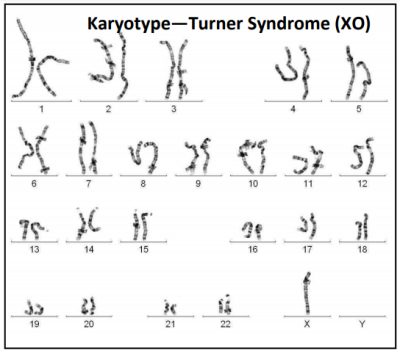Part A: Questions relating to understanding of genetics
1. Aneuploidy resulting in the loss of an entire chromosome usually results in a non‐viable embryo. However, if the chromosome concerned is the X‐chromosome the embryo may live. Explain why the loss of an entire autosome is almost always lethal but the loss of the x‐chromosome may not be lethal.
2. Compare and contrast the three possible mechanisms by which Trisomy 21 can arise.
Part B: Questions relating to understanding of socio-scientific issues
Designed to assist you in developing your Bio 3.2 assessment report.
3. Pre‐natal diagnosis occurs during pregnancy. Pre‐implantation diagnosis occurs before a pregnancy is established.
a. Create a list of possible ethical issues that arise as a result of the use of pre‐natal diagnosis and pre‐implantation diagnosis technologies. Consider issues from the perspective of the parents, child, impact on society, Māori viewpoints, culture, religion, science and the viewpoints of those who are affected or whose families are affected by the condition.
b. Identify key factors that would influence the opinions of different groups within society in relation to these ethical issues.
Part C: Higher order mixed concept questions (genetics/biotechnology/ethics)
4. Cystic fibrosis is an autosomal recessive disorder that is carried by approximately 1 in 25 Caucasian New Zealanders. It is rare in Polynesians, Asians and Africans. Huntington’s disease is an autosomal dominant condition and is found in about 1 in 20,000 births in Caucasian people and is less common in other ethnicities. Discuss the potential impact of the use of pre-implantation genetic diagnosis technologies on the future frequency of these disorders.
5. Discuss how the use of named biotechnologies have enabled scientists to develop effective methods of diagnosing genetic abnormalities in embryos and how these technologies have met a human need or demand.





